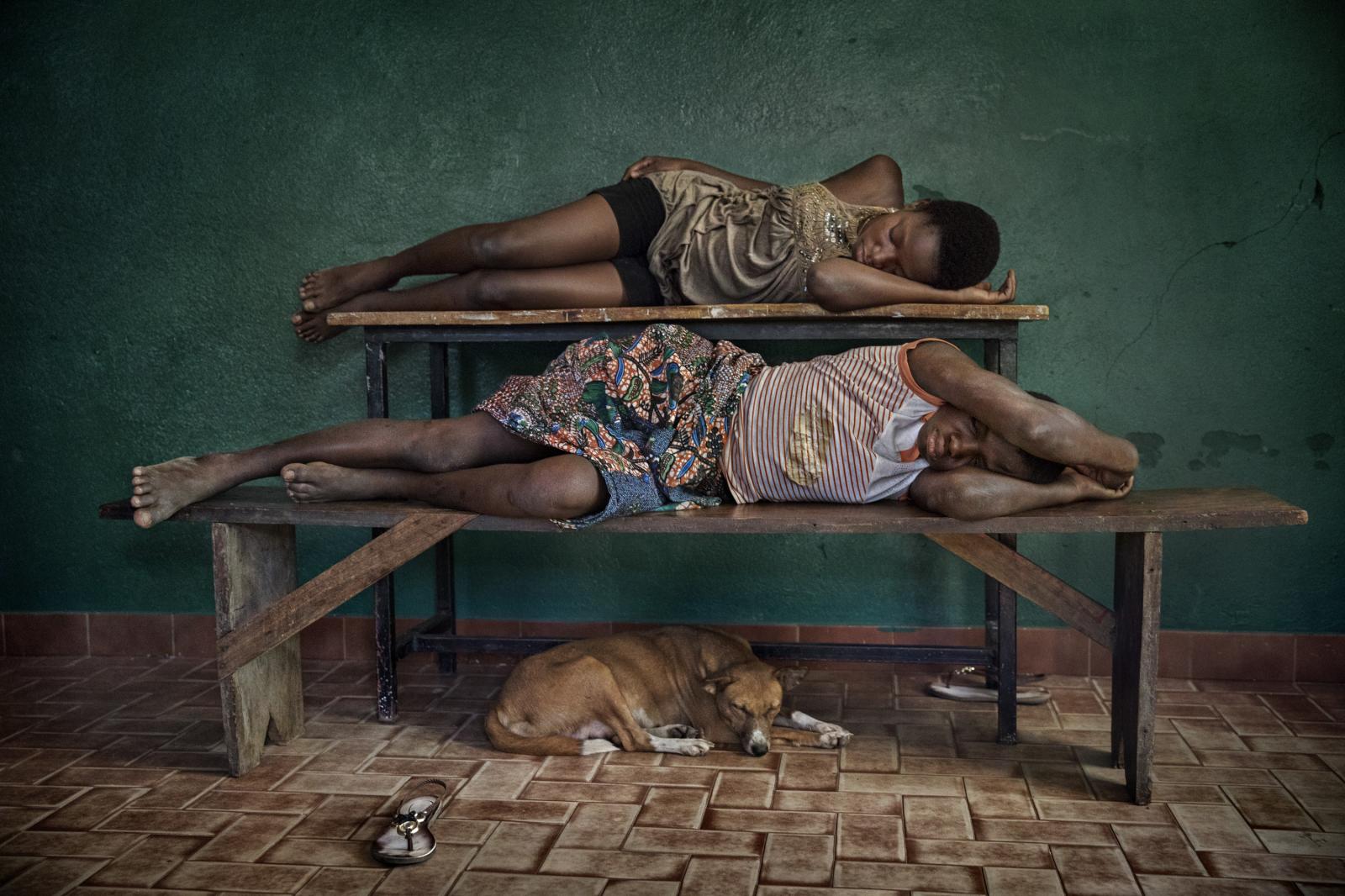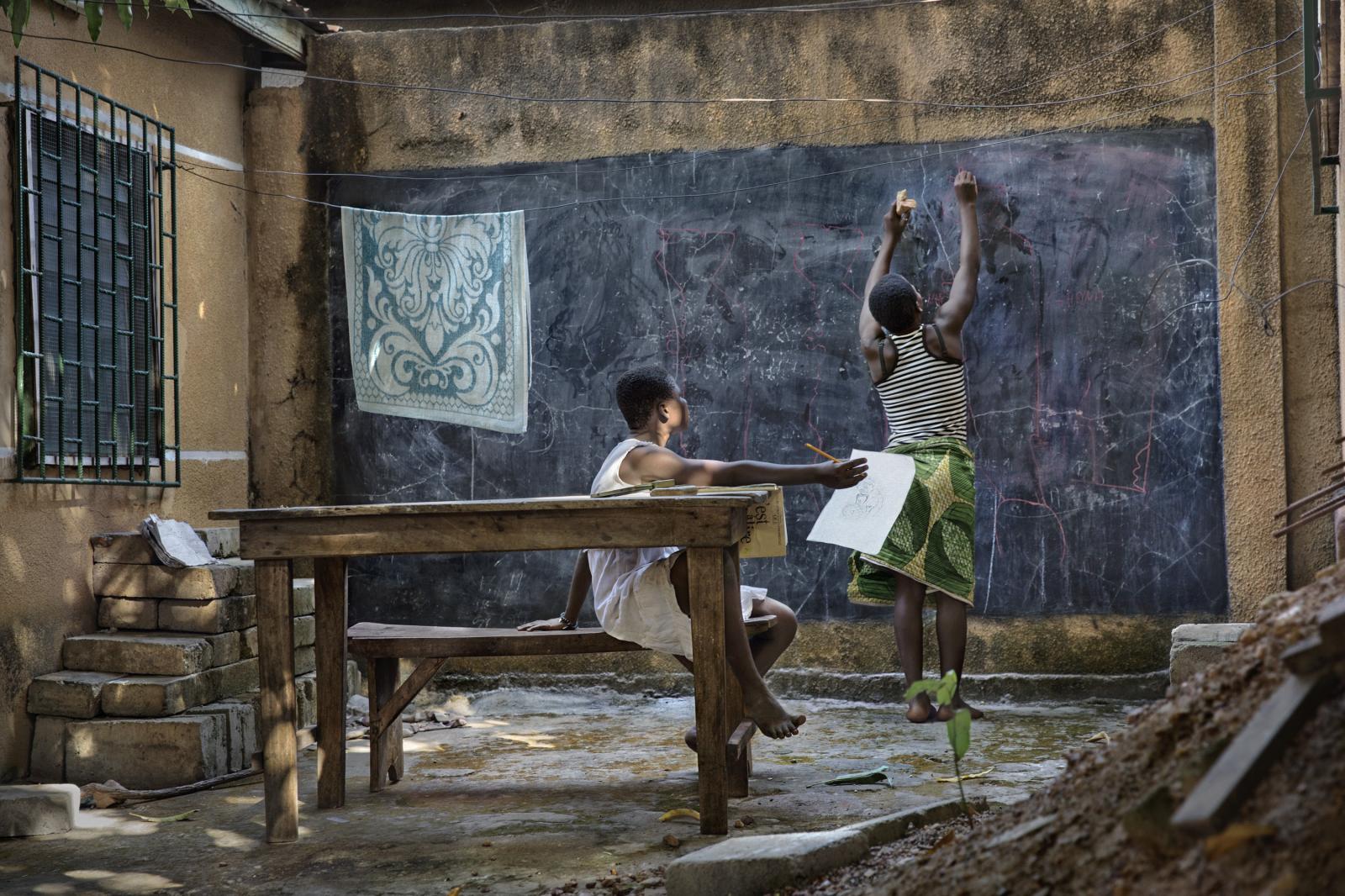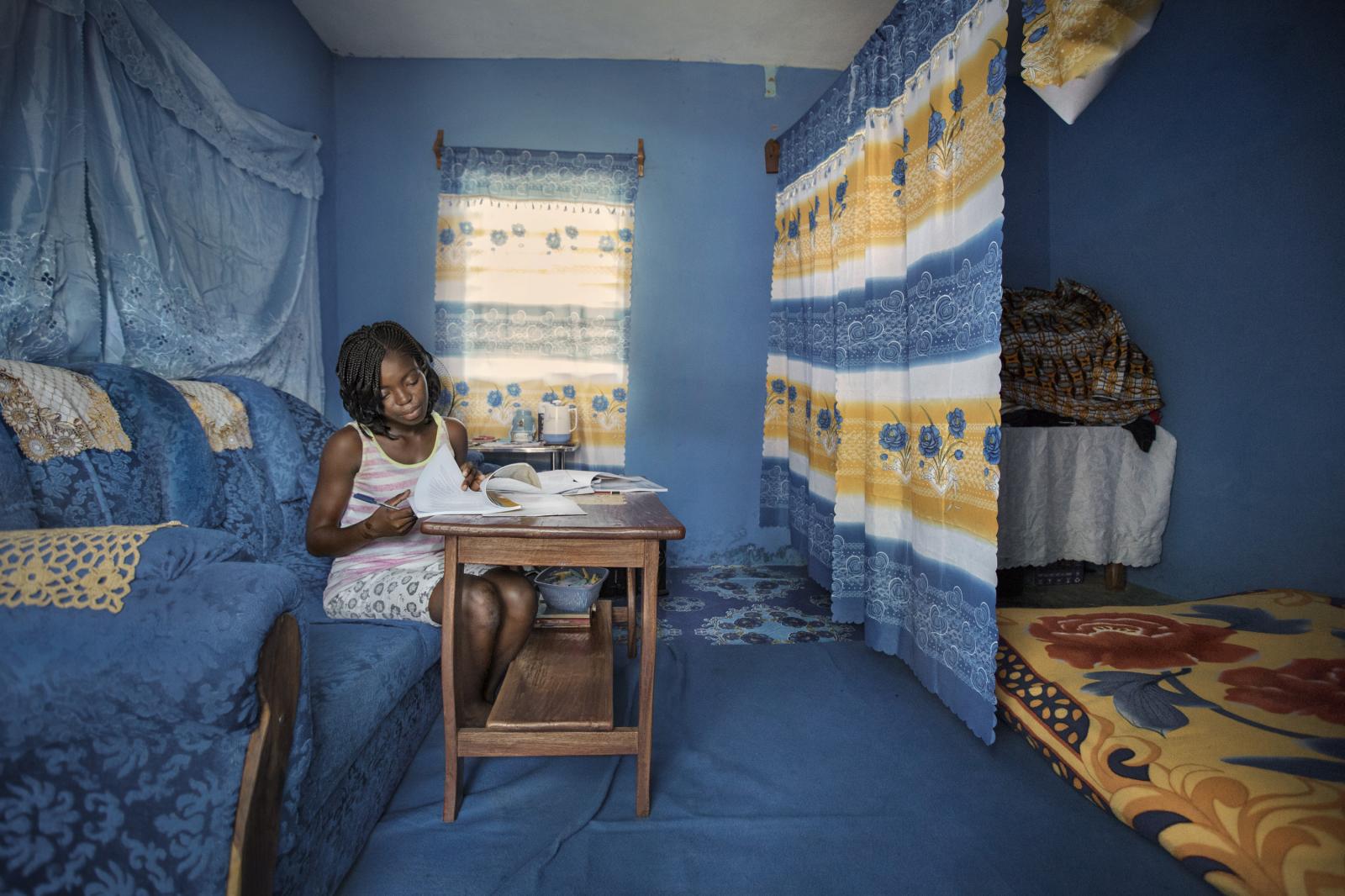Private Story
Connected Education
The nominee is a documentary photographer focused on human rights issues shining a light on broken corners in collaboration with NGOs such as UNICEF or Trampled Rose.
Her work has been awarded, exhibited and published worldwide in media such as Al Jazeera, Stern, Die Zeit, Der Spiegel, The Guardian, New Internationalist, 6 Mois, Days Japan, etc.
She has published three books: “Art in Movement” about art as a tool for social change in Uganda; “Albino”, about the skin cancer of people with albinism in Tanzania, and “Slave children: The back door”, a door that documents how the slave children in West Africa scape from slavery, that will be also a large exhibition and a documentary film.
She is a public speaker for several universities, photo festivals and high schools to instruct, educate and inspire on Human Rights topics sharing personal experiences to relate and bring the reality of how journalism and photography can change lives.
2. She works mainly in Africa, in underdeveloped contexts with structural poverty conditions. She does long term projects as she believes' time is a key to go deep and honest in the stories. She focuses on human rights, community vulnerations, aftermath environment and placemaking projects. Usually forgotten conflicts, realities that are not mainstream, hidden to big audiences as they are not breaking news or spectacular sensationalist images that media would want to show. Conditions are complex to access to those remote communities, gain their trust to be able to document their daily life in the long term, and, also, to be able to publish in significant media, publish books, accomplish photo exhibitions, multimedia and even a film documentary.
3. There are more than 8 billion devices connected to the internet in the world, a larger number than people living on this planet. It is well known that children are being raised in this tech culture. In low-income countries, most of the young citizens prefer to have a smartphone to any other object that might be even more necessary for them to feel they are part of this global digitally connected world.
She wants to go deep on the story and find out how real is the connection to the rest of the world when you can only access it as an observer.
How does this technology penetration affect children in Africa? And, furthermore, why are millions of tech devices landing at African schools when the Silicon Valley educational centers are restricting the use of technology for their children?
4. Her work reflects two of the main values that define photojournalist Anja Niedringhaus. First, the belief that photojournalism has an impact on society and inspires us to take action and make changes happen. Second, photojournalism helps us better understand the world and realities that may seem distant to us. Those are two engines that move the projects she has been working on for ten years, convinced that photography is a powerful tool for social change.














